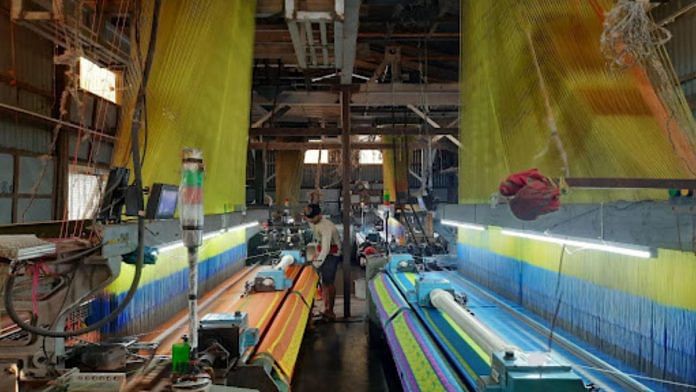
Thank you dear subscribers, we are overwhelmed with your response.
Your Turn is a unique section from ThePrint featuring points of view from its subscribers. If you are a subscriber, have a point of view, please send it to us. If not, do subscribe here: https://theprint.in/subscribe/
Nabadwip (WB): Sambhunath Rajbanshi, 57, from Prachin Mayapur village sits in his dilapidated bamboo and tin warehouse. Mottled sunlight pours through the cracks of the bamboo and onto his loom. He peers closely at the length of the saree he’s just weaved. He then starts sewing intricate patterns onto the border. His is the only loom that’s working. The other three, though functional, lay idle and covered in cobwebs.
“Ever since the pandemic I’ve barely made Rs. 5,000,” Rajbanshi says. “Before COVID we used to get many orders, we even employed people from other districts. Now everything is finished.” Rajbanshi shrugs and smiles.
Nadia district, Nabadwip in particular, is best known as the birthplace of Vaishnava saint Chaitanya Mahaprabhu. Even today the city serves as a major religious centre with hundreds of pilgrims visiting the city everyday.
However hundreds of unemployed handloom weavers live on the banks of this holy city. Rows of empty and shuttered warehouses line every village. “There used to be around 60,000 weavers in this area alone,” says Gour Binod Mistry, 52, talking about the Nabadwip area of Nadia. “Now barely 60-70 households still engage in weaving.”
Sandhya Ray, 40, from Champahati village works on her handloom despite having a twisted ankle. She makes Rs. 2,000 a month weaving gamchas and saris. “I have to run my household in that,” she says. Her husband is away working as a carpenter and relies on commissions, which are often unpredictable. “Some months he barely comes back home because there’s so much work. Other times he spends months without a single order.” Ray says.
According to the weavers, the pandemic was the killing blow to their already dying business. Most handloom weavers now choose to work jobs in the city. “My friend – who I won’t name – had god-given talent. I’ve never seen such intricate work from anyone else.” says Gour Binod Mistry, 52 from Prachin Mayapur. “But now he works as a guard in Burdwan and looks after the dogs of a rich man.” Mistry shakes his head “Tell me, isn’t that an utter waste?” he asks.
According to weavers it takes around Rs 1,200-1,700 to make one sari. This includes the weaver’s wages and the cost of the raw materials. An artisan can, at most, make two saris in a day and is paid Rs. 700. The rest is spent on cotton or silk threads. However power looms now dominate the industry. One machine can churn out 25-30 saris in a day using cheap but durable polyester threads. The manpower required to supervise these machines is also negligible. Only one person for four machines, paid only Rs. 100 a day.
Power loom saris are then flooded in the market branded as handloom ones with prices going as low as Rs. 300-400. Naturally the handloom weavers, too, must match these prices. They do so by cutting corners on both manpower and thread quality. Nevertheless, since they still have to weave these saris by hand, handloom weavers can, at most, make 7-14 saris a week – a far cry from what power looms are capable of.
On paper the West Bengal government provides a host of schemes to aid the handloom industry. The Comprehensive Handloom Cluster Development Scheme (CHCDS) was supposed to set up a cluster of weaver self-help groups in Nadia and provide them with skill and technology upgradation classes. According to the Tantuja (the state government’s official handloom store) website the store has sold products worth Rs. 10 lakh, sourced directly from rural handloom weavers.
Ananda Basak, 42, of Dakshin Goalpara village laughs when asked about this. “If I have to sell to Tantuja I have to give the agent a hefty bribe,” he says. Gour Binod Mistry adds, “They were supposed to give us pensions too. All of it is pocketed by those MLAs and Panchayat members.” Basak then alleges that all state-run schemes do is push in favour of power looms so that handloom weavers can pull themselves out of poverty and earn profits. “This is the work of my ancestors. This is not about money. This is my smriti (memory).” he says.
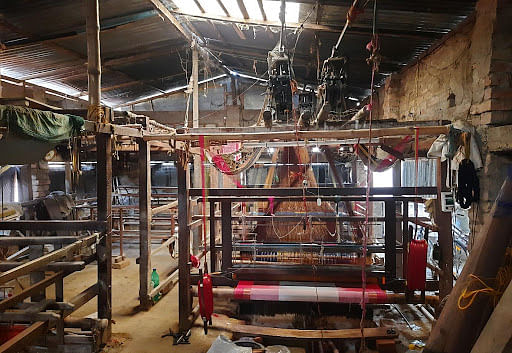
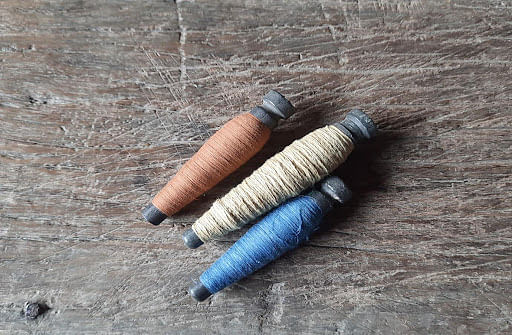
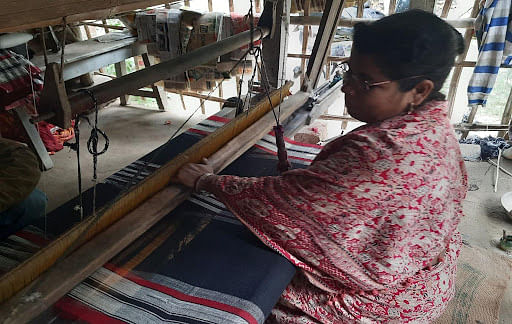
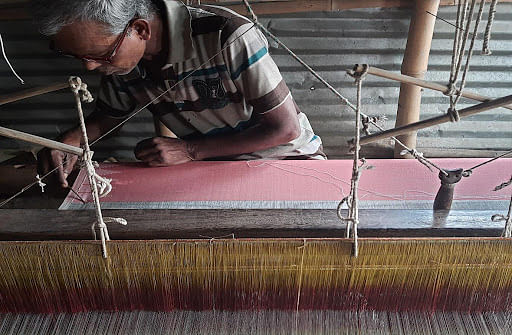
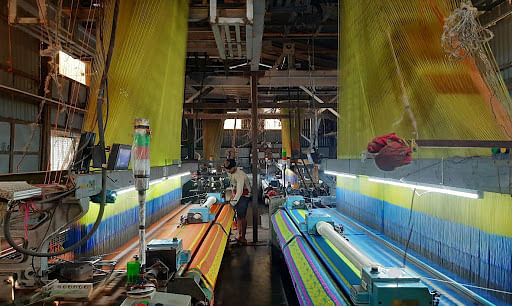
These pieces are being published as they have been received – they have not been edited/fact-checked by ThePrint.
Also read: SubscriberWrites: How we have failed Indie breeds

COMMENTS